Last updated on February 13, 2024
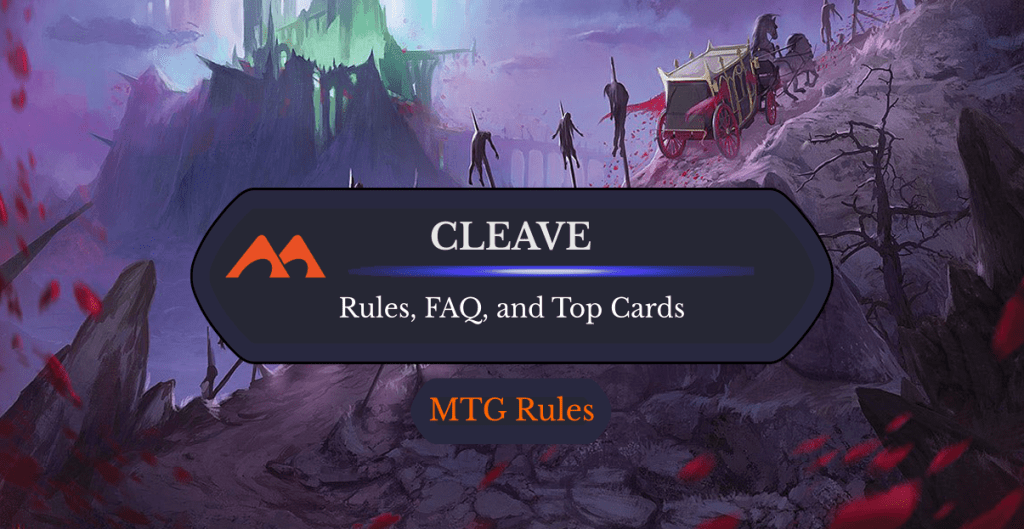
Path of Peril | Illustration by Kasia ‘Kafis' Zielinska
MTG has tons of ways to remove a card from the field. You can bounce it back to its owner's hand, destroy it, exile it, or even wrath the whole board away. But what about removing actual text from a card? It sounds like a design idea from an Un-set, but that’s what the cleave mechanic does, and it’s from a regular set!
Cleave lets you tinker with card effect restrictions based on how much mana you pay, and it's a modal mechanic like kicker. But is it any good? Is there a card with cleave that you'd want to put in a deck? Or should you cleave them alone?
I’ve got everything you need to know about cleave, including its rules and best cards and a Standard deck that makes good use of it. Let's get into it!
How Does Cleave Work?

Parasitic Grasp | Illustration by Rovina Cai
Cleave is a keyword ability and an alternate casting cost, one of the many kicker variants in MTG. You can cast the spell for its normal mana cost, or you can cast the spell for its cleave cost, which is always more expensive.
All cards with cleave have text inside square brackets that restrict the spell. When you pay the cheaper, normal cost you get a restricted and weaker effect. When you pay the cleave cost, you get the spell without the restrictions in brackets.
For example, Fierce Retribution costs and has two abilities: “Destroy target [attacking] creature” and “Cleave: ”, which turns the ability into “Destroy target creature”. You can destroy a target attacking creature for , or destroy a target creature for !
The flexibility is the beauty of the mechanic, allowing you to have two different effects on the same card depending on how much mana you have. Another card that sees some play is Dread Fugue. You can see your opponent’s hand and force them to discard a nonland card with mana value of two or less, which is okay for the one mana you’re paying. But you can also pay the cleave cost of and make them discard any spell.
The cleave cost can include colors other than the card’s color, like Dig Up, a green card that costs but has a cleave cost of . One important thing to note is that cleave doesn’t change the mana value of the card or the colors of the card, but it can matter for color identity in Commander. Dig Up is always considered a green card, but it’s a green-black card for Commander's color identity purposes.
The History of Cleave in MTG
Cleave was first printed in Crimson Vow in late 2021, and it hasn't been reprinted since. There are 12 cards with cleave in the set across all colors and rarities, but it’s only on instants and sorceries. Modal mechanics are usually added to a set to make it less prone to variance because MTG has variance built into the mana system.
The mechanic is a big hit because it’s flavored so that you’re cleaving the restriction text in brackets and releasing the spell of its limitation, so to speak.
What’s the Difference Between Kicker and Cleave in MTG?
Kicker and cleave are very similar mechanics in that you can pay more mana to get a better spell. But that’s where the similarities end.
Kicker acts as an additional cost, while cleave is an alternate cost. You can only have one alternate casting cost at a time, so you can’t combine cleave with an ability that lets you cast a spell without paying its mana cost. You can, however, use that ability to replace a kicker card’s casting cost and still pay to kick it to get the effect.
How Does Lantern Flare Work?
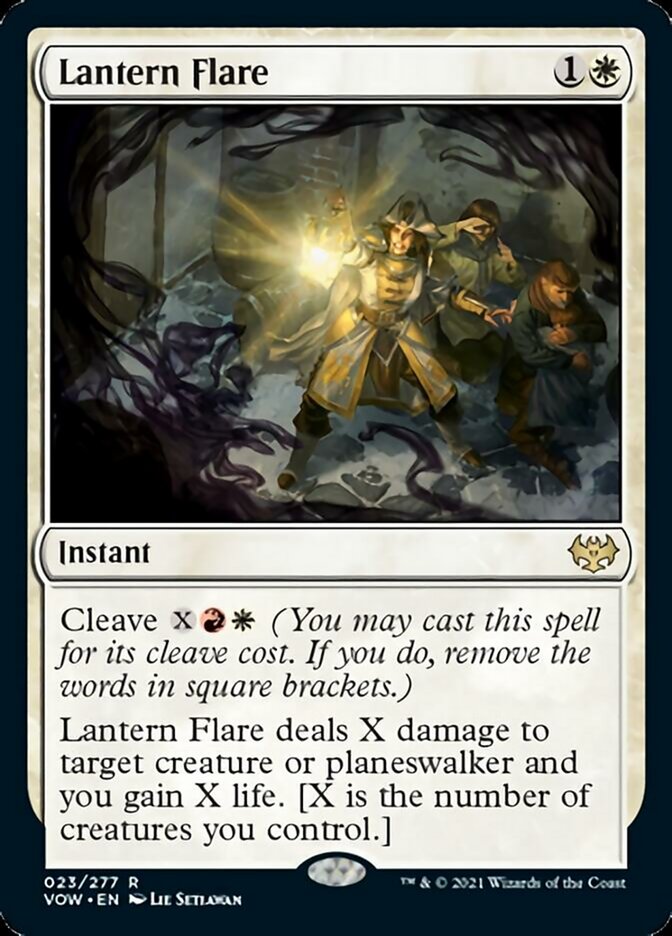
Lantern Flare always deals X damage to target creature or planeswalker, and you gain X life. The difference is that when you pay , the normal cost of the spell, X is the number of creatures you control as the spell resolves. If you pay the cleave cost of then X is the amount of mana you paid, regardless of the creatures you control.
Gallery and List of Cleave Cards
- Alchemist's Gambit
- Alchemist's Retrieval
- Dig Up
- Dread Fugue
- Fierce Retribution
- Inspired Idea
- Lantern Flare
- Lunar Rejection
- Parasitic Grasp
- Path of Peril
- Wash Away
- Winged Portent
Best Cleave Cards
#5. Parasitic Grasp
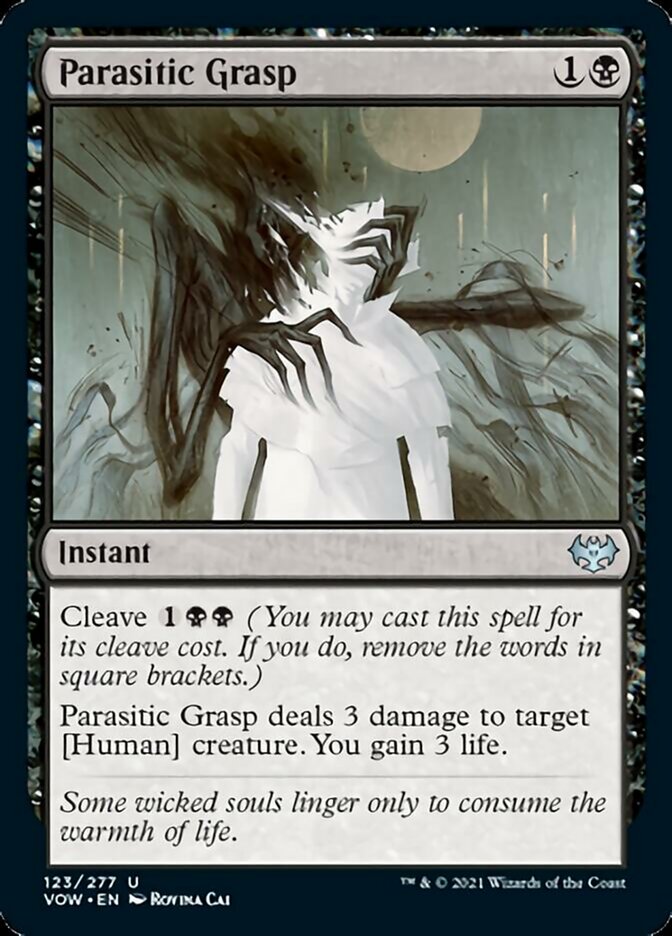
Parasitic Grasp‘s main use is the normal mode of the spell against white decks filled with good humans like Thalia, Heretic Cathar, Anointed Peacekeeper, and Evolved Sleeper.
Paying two mana to kill a 1-3 mana value creature and gaining life against aggressive decks is very decisive in your favor.
#4. Dread Fugue
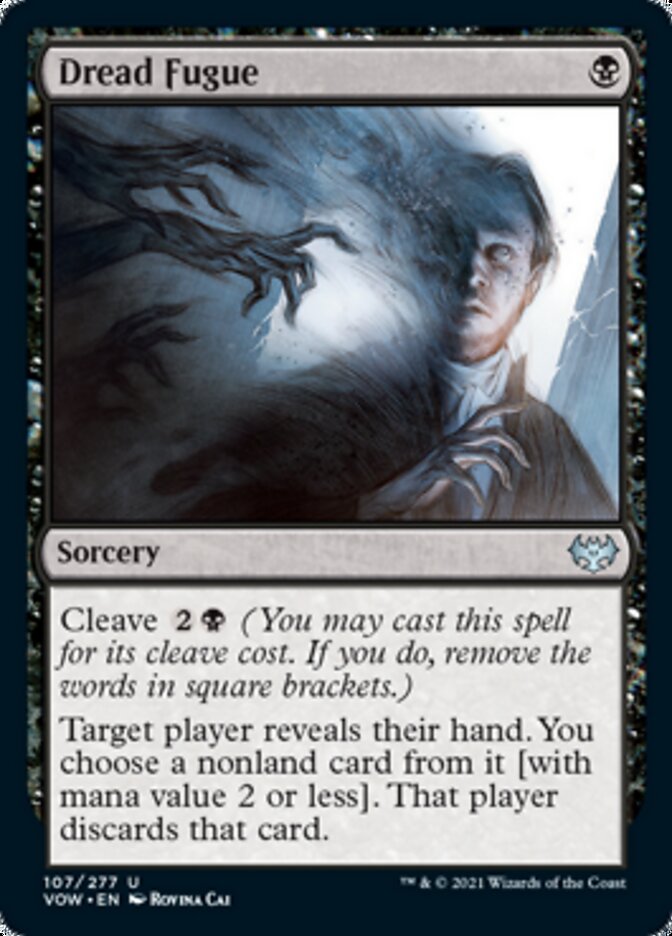
Dread Fugue can be used as an Inquisition of Kozilek-like card early, or a discard without restrictions late. It can be better in a more aggressive metagame with lots of 1- and 2-drops and worse in a more midrange-y metagame.
#3. Dig Up
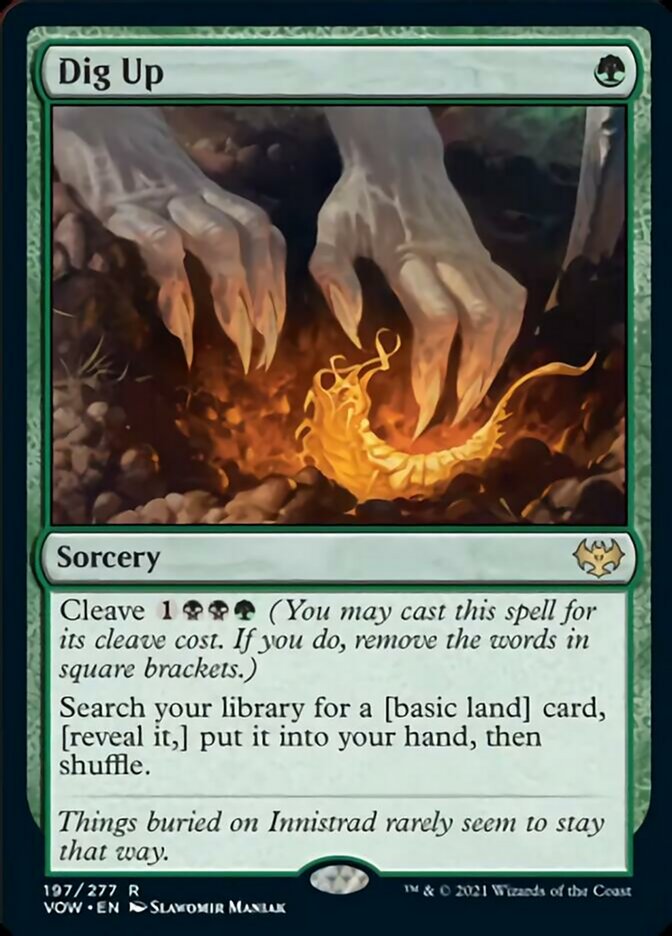
Dig Up is usually an important card for midrange Golgari () decks since you can make land drops more efficiently in the early game. It’s a tutor late, allowing you to get what you need most.
If we consider how desperate Commander players value tutors, it’s two different tutors in one card. You can pay one mana to get a basic land and four mana to get any card.
#2. Wash Away
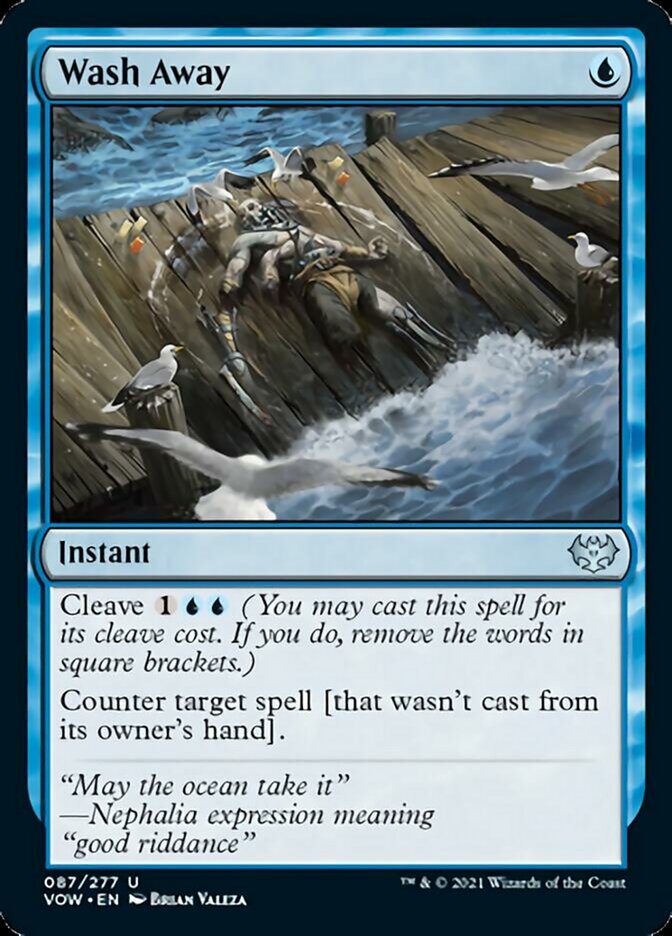
Wash Away is your typical counterspell with upside, and those usually see some play at least in Standard. The thing is, you can counter a spell that wasn’t cast from its owner’s hand if you play only a single mana, and that includes foretell cards from Kaldheim.
Wash Away has lost some traction since foretell cards rotated out of Standard, but it’s extra effective in Commander and Brawl since you can pay blue to counter your opponent’s commanders when cast from the command zone.
#1. Path of Peril
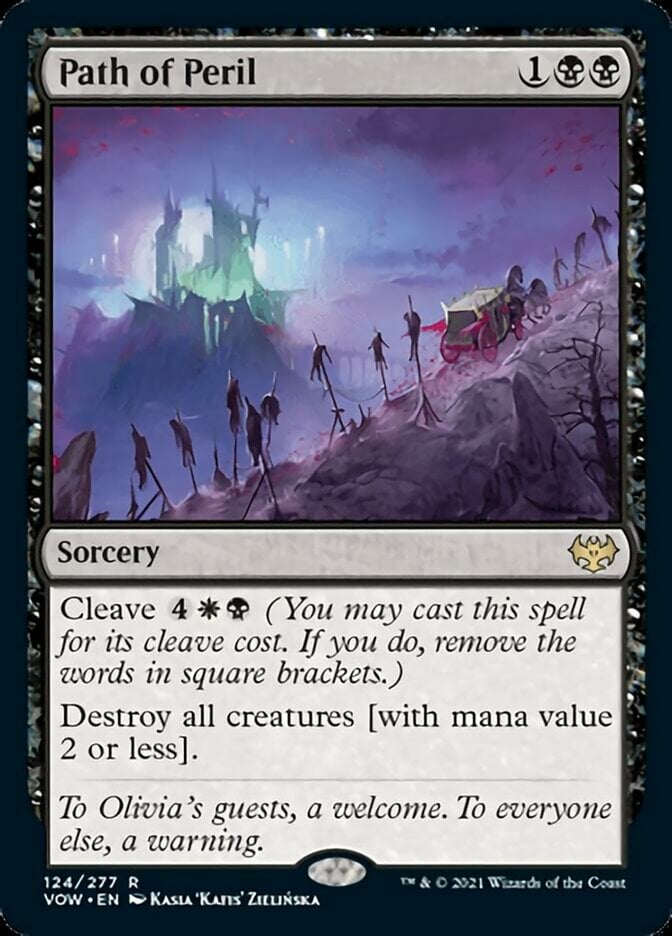
Path of Peril sees play in Standard as a modular sweeper where you can pay three mana to kill small creatures or have a full-fledged wrath by paying six mana.
The cleave cost is hardly an issue because the decks that play Path of Peril are usually Orzhov () or Esper () anyway. It’s also somewhat easy to splash the white with Treasures lying around.
Decklist: Dimir Control in Standard
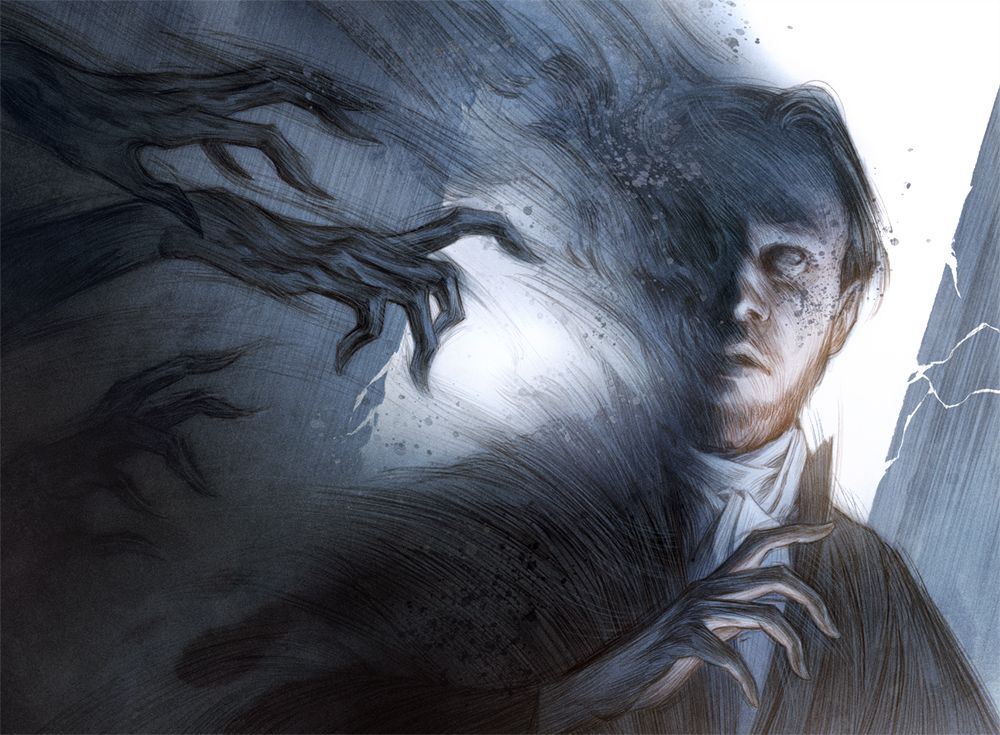
Dread Fugue | Illustration by Rovina Cai
Battle (1)
Planeswalkers (3)
Sorin the Mirthless x2
Teferi, Temporal Pilgrim
Creatures (2)
Instants (20)
Wash Away x2
March of Wretched Sorrow x2
Make Disappear x4
Infernal Grasp x2
Parasitic Grasp
Siphon Insight x4
Hero's Downfall x2
Memory Deluge x3
Sorceries (4)
Dread Fugue x2
Path of Peril x2
Artifacts (4)
Reckoner Bankbuster x2
The Celestus x2
Lands (26)
Island x6
Otawara, Soaring City
Takenuma, Abandoned Mire
Swamp x7
Darkslick Shores x2
Shipwreck Marsh x3
Underground River x2
Raffine's Tower x4
This decklist has some planeswalkers to get card advantage and stabilize the board, lots of card draw and removal spells that control decks are known for, and a pair of Hullbreaker Horrors as win conditions. Cleave cards like Dread Fugue can provide discard, while Wash Away can be an extra counterspell beside Make Disappear. Path of Peril can be a sweeper for small creatures early, and unconditional wrath late.
Note that Raffine's Tower serves double duty, allowing you to splash the white needed for Path of Peril and fix your main colors. The land can even be cycled if necessary. I’ve also included Parasitic Grasp as a good card against mono-white and red on the main board, and more copies can be added to the sideboard.
This isn't a tier 1 deck and it's not optimized, but it has the power to win some Standard matches on MTG Arena.
Wrap Up
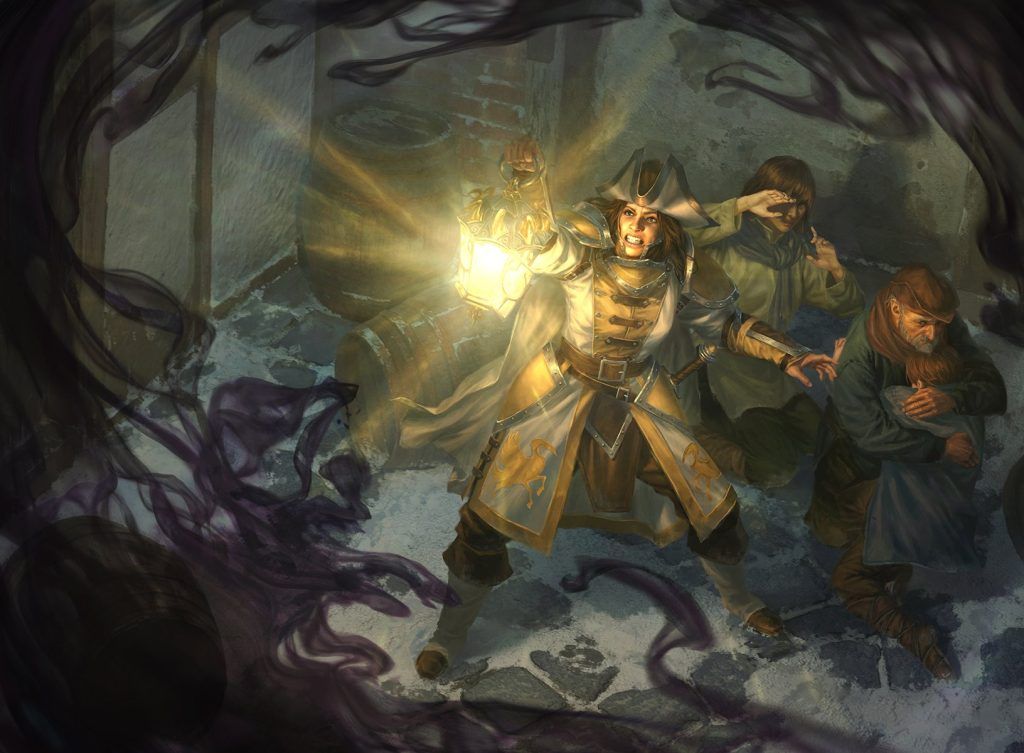
Lantern Flare | Illustration by Lie Setiawan
And there we go! Cleave is covered. It’s a bit restrictive in setting and card design possibilities, but the gameplay is nice.
There are always bound to be more modal designs with different mechanics or reprints of old ones, and I don’t see the mechanic being reprinted in a Standard deck anytime soon. The possibility of a cleave card being designed in supplementary sets is huge, so I expect a future Modern Horizons 3 with a cleave card or two.
What’s your favorite cleave design? Would you like to see this mechanic get reprinted in another Standard set? Let me know in the comments below, or over in the Draftsim Discord.
Stay safe, stay healthy, and always choose the right mode for your spells!
Follow Draftsim for awesome articles and set updates:




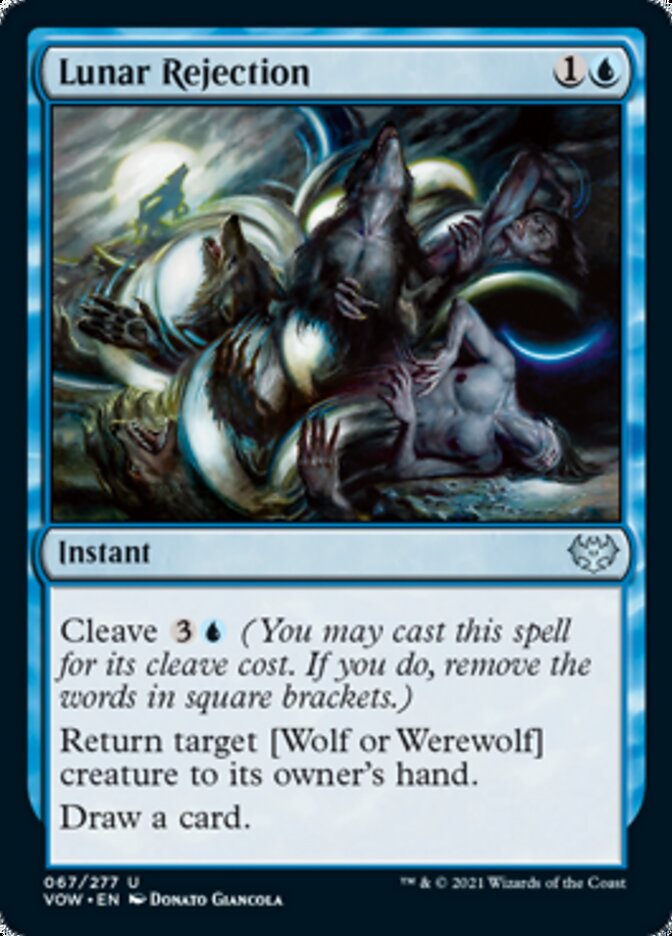


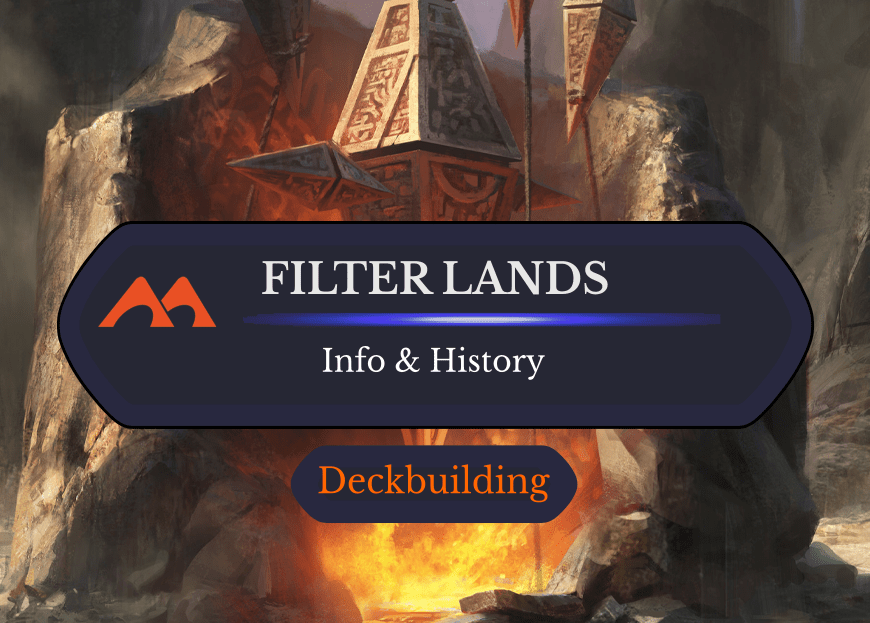
Add Comment